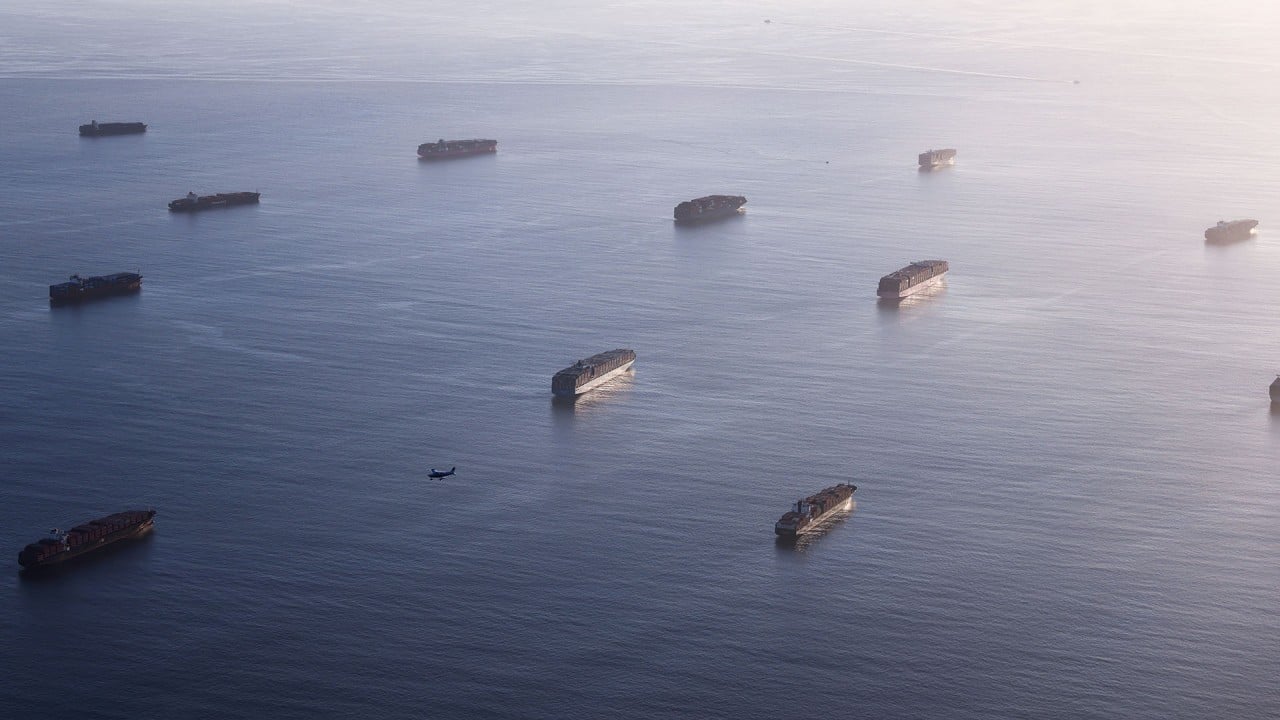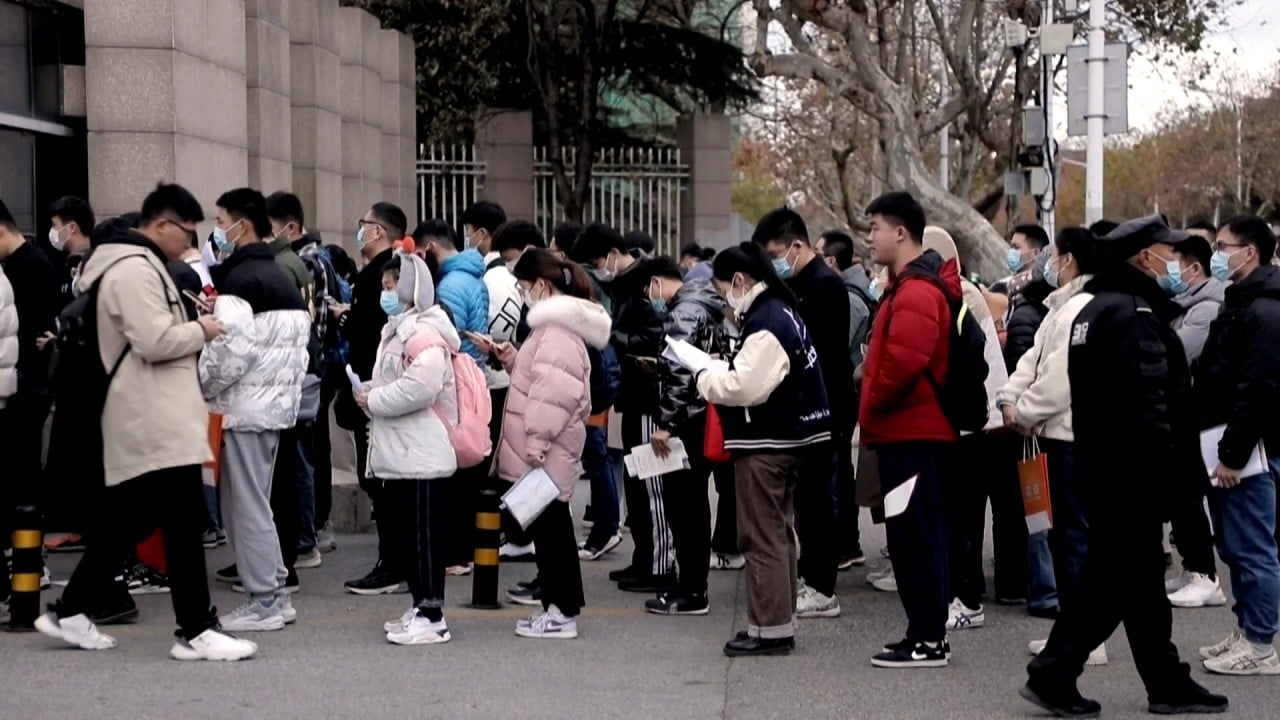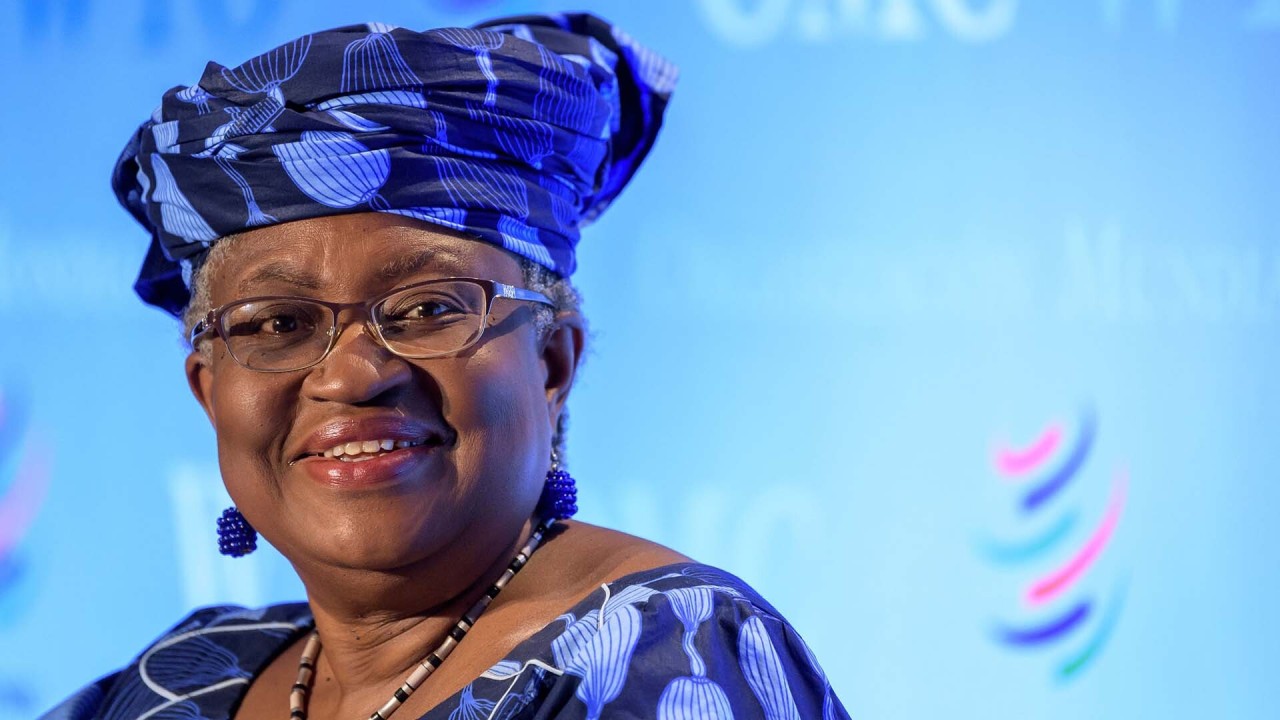
China marks 20 years at the WTO, with a wary eye on rising costs and Western tensions
- Since joining the World Trade Organization in 2001, China has changed from an agricultural backwater into the world’s second largest economy
- But it faces challenges from low-cost developing nations and rivalry with advanced economies producing capital and technology-intensive products
When Hong Kong businessman Chai Kwong-wah decided to open a factory in Shenzhen in 1993, cheap land and labour were top considerations for his Hello Kitty and Disney toy business.
However, it was after 2001, when the mainland gained entry into the World Trade Organization (WTO), that Chai’s business took off. Japanese, American and European orders flooded in, boosting his workforce to 10,000 at its peak.
“China has developed much more than I expected at the time,” said the 72 year old.
‘Tough negotiations’ on China subsidies, SOEs ‘can’t be avoided’ at WTO
Chai, despite being a beneficiary of the process, was eventually defeated by rising production costs and, in 2016, his factory was demolished to give way to local subway construction.
“I saw the monthly salary of Chinese workers kept jumping to more than 5,000 yuan from 200 yuan in early 1990s,” he said. “In contrast, the labour cost in Vietnam was only US$200, even during the severe pandemic period.”
Relocations due to rising costs were on the agenda when Chinese officials and scholars met this week to review two decades of economic development since China joined the WTO.
Inclusion into the multilateral trading system has been key to the country’s economic success over the past 20 years. China overtook Germany to be the world’s top goods exporter in 2009 and surpassed Japan to become the world’s second largest economy the following year.
If our exports are blocked, overcapacity will emerge and the job market will be challenged, while our internal circulation will be hindered
But China’s entry into the multilateral trading system has not come without risks.
Speaking at a seminar on Wednesday in Beijing, former commerce minister Chen Deming raised the issue of job losses and social stability, as many businesses relocate due to rising land, labour and other costs.
“We must pay attention to the problem of labour traps when our trade turns basically balanced [from the current huge trade surplus],” Chen said.
“If our exports are blocked, overcapacity will emerge and the job market will be challenged, while our internal circulation will be hindered.”
During Chen’s tenure as commerce minister between 2007-13, about 30 million migrant workers in export-oriented coastal factories lost their jobs as overseas orders dropped amid the 2008 global financial crisis.
Exports rose 31.1 per cent year on year to US$3 trillion in the first 11 months of this year. Outbound shipments to the US rose 28.3 per cent to US$519.9 billion in the period.
Long Guoqiang, deputy head of the Development Research Centre of the State Council, said China faces two grave trade challenges, including competition from lower-cost developing countries in making labour-intensive products; and rivalry with advanced economies in terms of capital and technology-intensive products.
5 dilemmas facing China’s economy, from trade tensions to zero-Covid
“We must seize the strategic opportunities arising from technology-driven digital transformation and the global embrace a low-carbon economy,” he told the same conference.
Endeavours to climb up the global value chain should concentrate on transforming traditional industries, opening service sectors and developing a digital services trade, he added.
Beijing advisers, however, expressed concerns over the fast deteriorating external environment, most notably relations with Western countries that created post-World War II international economic rules.
Furthermore, the WTO dispute settlement mechanism has been paralysed since former president Donald Trump blocked the appointment of new judges.
“Trade, free trade agreements and China’s entry into WTO have been highly politicised, and often turned into a tool of US political struggles,” said Wang Yong, director of Peking University’s Centre for American Studies.
“Given considerations of ideology and maintaining US hegemony, calls have arisen to push China-US decoupling and restructure the global industry chain.”
It’s key for China to improve international competitiveness over the next 20 years and prevent it from falling into the middle-income trap
Yi Xiaozhun, who helped negotiate China’s WTO accession, said he regretted Washington’s zero-sum mentality when dealing with Beijing and the multilateral trading system.
Beijing should continue opening its market, improve the business environment and attract more foreign investment so it firmly embed itself in the global value chain and defeat decoupling, he said.
“We should continue to promote more institutional openings, especially that of the service sector,” said Yi, who was the first Chinese national to be deputy director general of the WTO.
“It’s key for China to improve international competitiveness over the next 20 years and prevent it from falling into the middle-income trap.”
China remains a magnet for global investors, as its receipt of foreign direct investment rose 23.4 per cent from a year earlier to US$142 billion in the first 10 months of 2021.
Businessman Chai said it was far more difficult for foreign small and medium-sized firms to invest in China than two decades ago, due to a higher technology and capital threshold.
“Whether for Hong Kong capital or foreign capital, their advantages are not as obvious as they were in the past,” he said. “Also, soaring costs have taken a big bite of profits.”
‘Risk of potential instability’ flagged as Beijing eyes annual economic meeting
“It is now very important to expand the size of the middle-income group … It is also necessary to shift [focus] to the domestic market, which is more important than expanding exports,” he said.
In the 2035 development vision released earlier this year, Beijing adopted the “dual circulation” strategy to counter foreign containment and build a “moderately prosperous” nation.
“The Chinese government will continue to firmly support the WTO-centred multilateral trading system, and safeguard its main role in international rule making,” commerce ministry spokesman Gao Feng said at a media briefing on Thursday.





